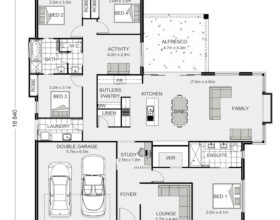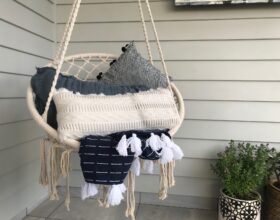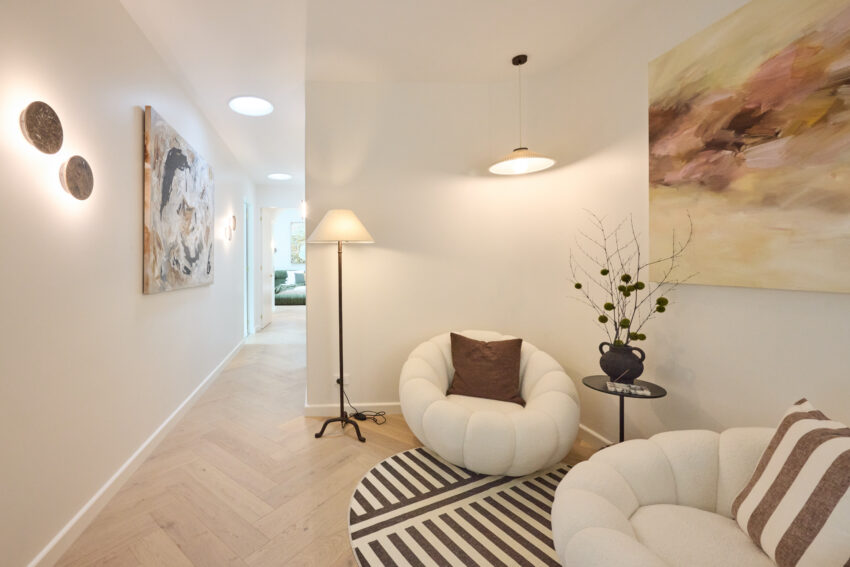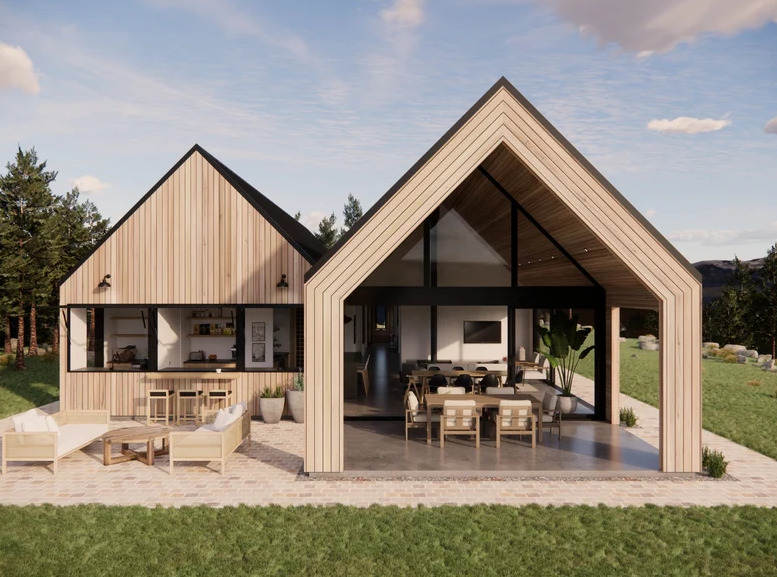Sponsored by Stockland. Building a new house is a huge investment and emotionally it can be one of the most stressful things you’ll ever do. But building a new home will give you everything you want, from the finishes, layout or inclusions. You even get to choose the block of land in the street you want, …
Sponsored by Stockland.
Building a new house is a huge investment and emotionally it can be one of the most stressful things you’ll ever do. But building a new home will give you everything you want, from the finishes, layout or inclusions. You even get to choose the block of land in the street you want, often with walkways, lakes and close proximity to schools. This is why people love a brand new home so much! The effort is often worth the result at the end.

I’ve partnered up with Stockland to share my experience of building a home and give you some tips for your first time. Here are some tips for when you’ve decided to build a new home.
Make a Pinterest inspiration board
This gives you a good reference point. If you start to get overwhelmed with the choices, you’ll be able to come back to this and sort yourself out again. You may find it hard to describe to a builder/plumber/chippy what your vision is for a room, but if you have an image ready, it helps.
Make a non-negotiable list
Start out with a list of things you need to have in the house. Try and get that into your initial costing. It’s hard to put things back in after your builder has gone to a lot of trouble to prepare a quote.
Ask your builder if you’re allowed to add and change things during the process
I’ve built twice with a local builder who has allowed me to make changes during the process – like move a door, adjust the verandah or reposition the bathroom vanity. But I have also built with a project building company who does not allow you to make changes after you’ve signed off on your plans. This style of building can be a little trickier. If you’re not a visual person, then the planning stage is crucial as you’ll need to get everything sorted (right down to the position of a mirror in the bathroom) before construction commences. Make sure you are clear on this process before you sign off on anything, otherwise you might be charged ‘variation fees’ to change the original design.
Get familiar with spreadsheets
You’ll be given a base price when building, but if you add anything, or take anything off, I’d recommend that you keep your own spreadsheet with the running total of costs. This is so you aren’t left with any surprises at the end. Ask your builder to look at your spreadsheet frequently so you’re both on the same page.
Don’t be in a rush to finalise your plans
If you find it hard to read your plans and you can’t visualize every last detail, then it’s worth paying an interior designer or colour consultant to help you through this. You could be living in your new home for many years to come, so take your time to get it right.
Get an electrical plan
Make sure you get an electrical plan before you build (that’s if your builder won’t let you decide during frame stage), because some builders need you to have this decided before they start building. It’s important to think about the power points! You can never have too many – especially in the kitchen. It’s so much harder to put them in after you’ve built. It seems like common sense, but you’d be surprised at how many people don’t think about this enough. Once your insulation goes in, you can forget putting power points in those walls – it’s far too hard. Make provisions for TV antenna points and power up high on a wall. These days many TV’s (even in the bedrooms) hang on the wall.
Think about the direction your home is facing
This is a biggie for me! People don’t realise the importance of this aspect of your home. Where will the sun be shining during the day? You want the West to be on the ‘dead side’ of the house, not on your outdoor entertaining area – otherwise it could be too hot to sit outside in the afternoon/evening. You want North to be where your main living areas and kitchen will be to maximize the sun during the day – otherwise you’ll be left with a dark house lacking natural light.
Stick to similar fittings throughout your entire home
Keep it simple. Use the same tiles in bathrooms and laundry (maybe just add an accent title here and there). Use the same sinks, light fittings and colours. If you are buying things in bulk (like tiles) you’ll get them cheaper! You can always add unique character to a room with styling – vases, towels, trays, greenery.
Have some extra cash up your sleeve
Shop around for the best prices, locally and online. Ask your builder if you do find a cheaper vanity, or light fitting, will they allow you to use that? Once you’re in the building groove you’ll be on the hunt for bargains. Never think your building project won’t go over budget! It almost always does. It could be that you need a couple of extra power points, or the retaining wall is bigger than you thought once the block has been cut, or you see some tiles you’d love to feature.
Read every last detail of the contract before you sign it
Retaining walls and site cuts always confuse people – and sometimes the builder won’t know what this final cost will be until they really get into it. Youl need to keep your eyes wide open. Don’t forget to check whetheryou get a clothesline orletterbox in your final list of inclusions. Check if you will be charged for every variation you make – some building companies will also charge an admin fee for this. Know these costs before you sign. Remember to seek advice from family members or friends who have built new before – they might have some more tips for you to keep in mind.
…
So there you go, some simple building tips! You need to be happy with your end result, so make sure you plan and research everything you can. Don’t be afraid to ask questions too!
If you’re a renter looking to own a brand new home, check out this article: Transitioning from renter to owner – Ten helpful tips. It gives you tips on how to save, shop for your mortgage and get the dream home you’ve always wanted.
Be the first to read my stories
Get Inspired by the World of Interior Design
Thank you for subscribing to the newsletter.
Oops. Something went wrong. Please try again later.







Comments
Bathroom Showrooms Perth
Thanks for sharing this post this is really very nice and amazing. Reconstruction sometimes takes us into the interior part of the life.